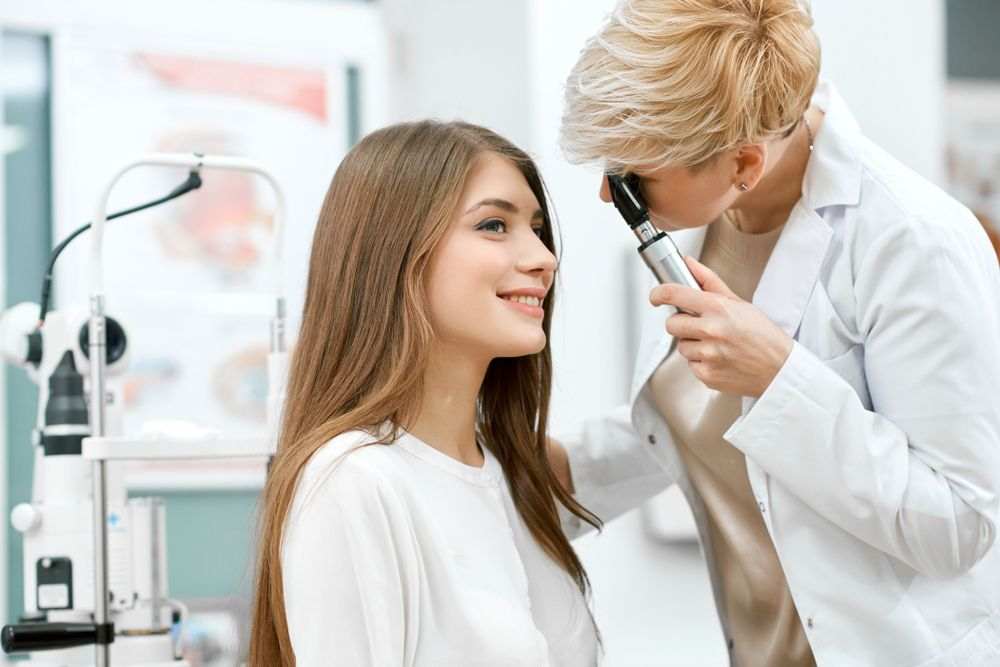Myopia Prevention

Providing that myopia links with genetics, it might be tough to cure in individuals who have a background of myopia in their family. Spending time outdoors, in the daylight might aid in reducing myopia progression. Making sure not to spend a lot of time doing close-up work such as working on a computer or reading can also be helpful. It might be quite better if we just lower any progression at all, but most of the recent ways to lower the myopia progression have an effectiveness of almost 45-50 percent. (11)
Following are the possible ways to control or prevent myopia:
- Outdoor activities
Important studies reveal that time spent outside might delay the ongoing or even lower the development of nearsightedness. More research requires to be performed but the amount of time you spend outdoors seems to be almost a significant risk factor. Many doctors suggest that children spend almost 120 minutes outside every day. The reason for this being true might be related to the lowering of obesity, enhancing vitamin D production, socializing games that might occur outdoors, or might even relate to the dopamine levels in the body. One of the best mechanisms of action recently being studied is the quantity of exposure to the sun or the illumination amount or just brightness you get while outdoors. (12)
- Visual correction
Most parents are concerned that if a doctor recommends glasses to be worn most of the time, their child will get dependent on them or that the glasses will lead to more myopia occurring. Few parents might feel that it is great to not correct the situation at all. Therefore, research reveals that not correcting a kid’s nearsightedness might lead to the nearsightedness getting bad. In addition, under-correction of myopia seemed to affect lowering the progression. Therefore, recent thought is that under-correction is linked with an increasing rate of myopia development.
- Low atropine dose
Atropine 0.1 percent ophthalmic solution shown to be effective in lowering the myopia progression but not in lowering the rate of a rising in the eyeball length. Therefore, many of the studies are revealing a quite high rate of success. Some studies reveal as high as 90 percent lowering in development. Atropine is provided in eye drop daily, mostly at bedtime. The actual mechanism is still not known. Studies have shown that low atropine doses are effective and safe as well. However, few practitioners are cautious, as an increased dose of atropine might lead to some unpleasant side effects.
- Prevent eye injuries
Wear eyewear that is protective when doing a few things such as mowing the lawn, playing sports, using or painting other things with toxic fumes.
- Do not smoke
Just as smoking is not good for all of your body, smoking might affect the health of your eye adversely as well.
- Utilize good lighting
Turn on or add light for better ability to see especially when doing work or studying.
- Use vitamin-rich foods
Vitamin A, E, D, C, and K-rich foods are effective in preventing nearsightedness. (13)
